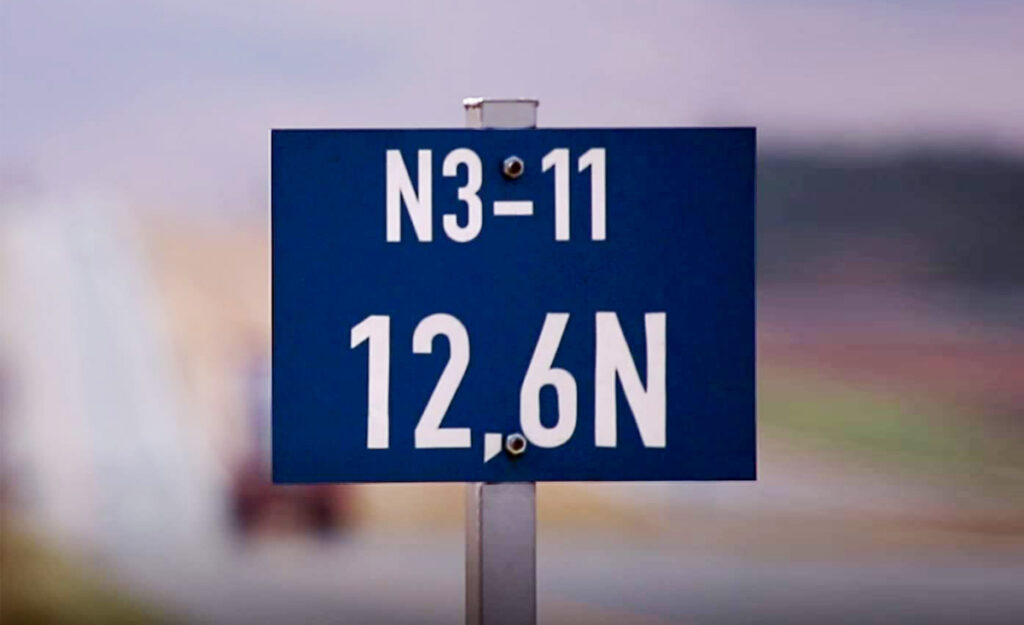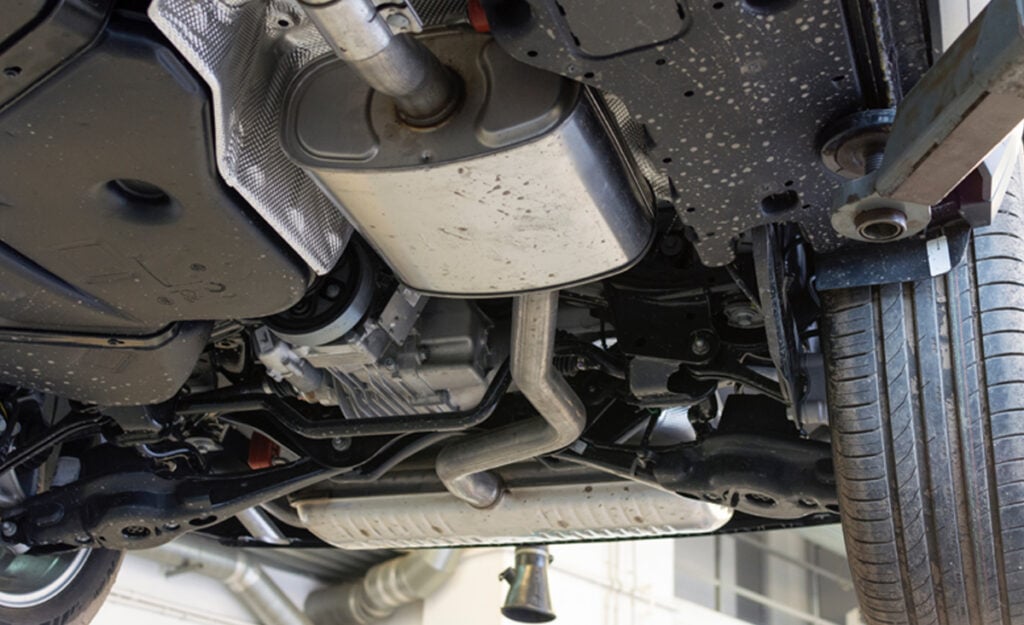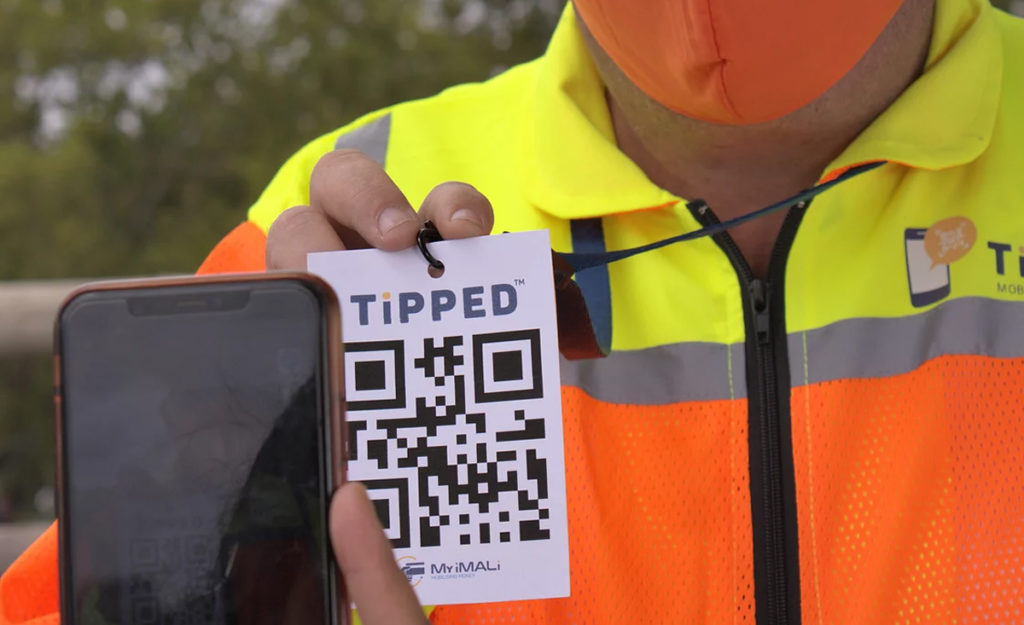
Location marker boards, more commonly known as blue marker boards, are situated on all national routes and give the name of the route, the particular section, and the kilometre distance at which the board is placed.
If something like a car crash occurs, these blue markers are intended to help the average motorist quickly communicate to emergency services the exact location of the incident to ensure they can easily and accurately dispatch workers to the scene – which could be the difference between life and death for someone seriously injured.
Planted every 200m on national roads, the markers have two lines of information that indicate the various geographical details of your location.
Using the below image of a blue marker as an example, the sign indicates:
- The road (top left) – N14
- The section of the route you are on (top right) – Section 6
- The kilometre position on the route section (bottom left) – 22.0km
- The direction of travel (bottom right) – East
With this information, you’ll easily be able to tell emergency services exactly where an incident has taken place – for example, the N14, section 6, 22.0km into the route in an Easterly direction.
A 25% reduction in fatalities
The Road Traffic Management Corporation (RTMC) is targeting an overall 25% reduction in road fatalities for the 2024 festive season, a time of year that is usually marred with a spike in car-related deaths due to a sudden increase in traffic volumes and relaxed driver attitudes.
In pursuing this goal, the agency has established a three-stage approach to road safety that comprises increased law enforcement interventions, intensified driver education and communication, and escalated traffic monitoring through a dedicated control centre and new feedback channels.
Between 1 December 2023 and 15 January 2024, the National Traffic Police (NTP) will be stationed on a 24/7 basis on priority routes, including:
- N1 – From Bloemfontein to Colesburg
- N1 North – From Carousel Plaza to Nyl Plaza
- N2 – From Mthatha to Kokstad
- N3 – From Hilton to Durban
- N4 East – From Nelspruit to Machadodorp
Additionally, the RTMC will run several workshops for drivers and pedestrians to educate them about the dangers of drunk driving, speeding, vehicle roadworthiness, and pedestrian visibility, at places such as bus and taxi ranks, shopping malls, faith-based gatherings, and through radio, television, and print.
The target and actual reductions in fatalities posted by the RTMC since 2021, and its targets for this year, are detailed below:
| Province | 2021 baseline | 2022/2023 target | 2022/2023 reduction | 2022/2023 actual | 2023/2024 target |
|---|---|---|---|---|---|
| KZN | 300 | -27 | -20 (-0.7%) | 280 | 225 |
| Gauteng | 291 | -26 | +45 (+15.5%) | 336 | 218 |
| Eastern Cape | 231 | -21 | -18 (-0.8%) | 213 | 173 |
| Limpopo | 231 | -21 | +38 (+16.5%) | 269 | 173 |
| Western Cape | 225 | -20 | +125 (+55.6%) | 350 | 169 |
| Mpumalanga | 194 | -17 | +47 (+24.3%) | 241 | 146 |
| North West | 142 | -13 | +36 (+25.3%) | 178 | 107 |
| Free State | 129 | -12 | +9 (+7.2%) | 138 | 97 |
| Northern Cape | 65 | -6 | +63 (+97%) | 128 | 49 |









